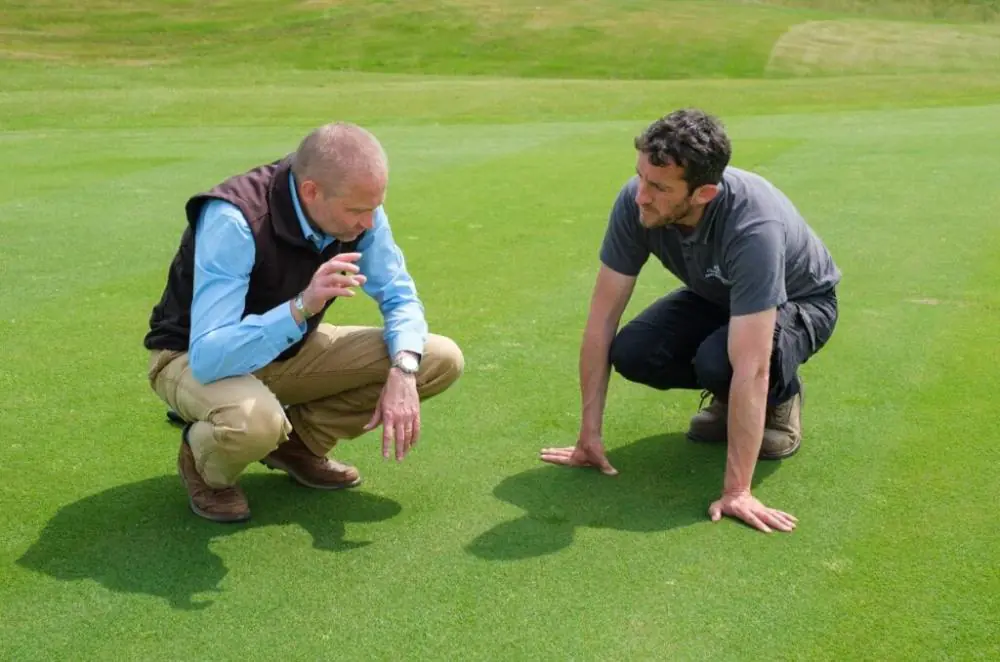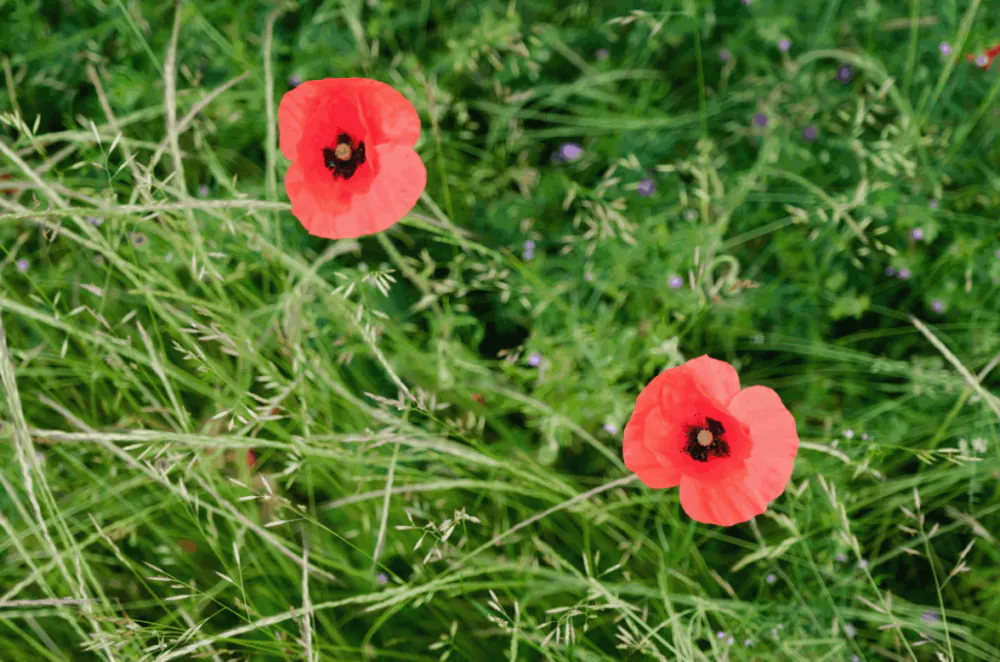Balancing golf and sustainability at Cumberwell Park GC
Situated in Bradford-on-Avon, Cumberwell Park Golf Club is a family-owned and operated course that opened in 1994 with 18 holes. Since then, the sustainably minded golf course has been expanded several times and it now offers 54 holes alongside practice facilities.

Germinal golf grass expert Alex Beesley visited Matthew James, course manager of Cumberwell Park Golf Club, for a wide-ranging interview covering golf course construction, proactive seeding, and sustainable golf course management.
Brought up on a farm, course manager Matthew James worked part-time on golf courses before studying at Hartpury College (UWE), attaining a Land Use degree Matthew then returned to golf, working on new constructions, and was later promoted to course manager in 2009.
When a new nine-hole course opens at Cumberwell Park, Matthew’s team will increase to 20 for the summer season. Alongside greenkeepers and seasonal workers, the team also has a full-time mechanic and two projects team members who carry out irrigation maintenance, pathway and bunker reconstruction.
The new nine-hole course was built in 2022 by Cumberwell’s in-house team, who also helped install sprinklers and assist with the aftercare of the new greens. Among those on the team are construction manager Charlie James, course supervisor Jon Brownsell and deputy course manager Dave Lacey.

Matthew’s golf green aeration techniques
Discussing golf green aeration, Matthew explained a variety of techniques are used at Cumberwell Park throughout the year.
“We usually deep aerate every other month using 8 mm tines and switch to 12 mm tines during winter. We also use a disc slitter four times during winter with the aim of slicing through the thatch and promoting more rooting. In the summer, we switch to a start slitter and carry out verticutting when appropriate.”
Preferred golf course overseeding schedule
As for golf course overseeding, Matthew and his team aim for twice a year. A seasonal approach is utilised following timing adjustments, with the first application coming in February and a second one in August.
Alex also asked about equipment and machinery in the interview. “We own a Charterhouse disc seeder and this is our preferred method. We have also hired a Vredo which has proved successful.
“We would consider using a dimple seeder, too, as this would cause less disruption to the playing surface,” Matthew explains.
The benefits of Germinal golf grass cultivars
On the main course, Matthew uses Germinal’s ForeFront Greens mixture and A5 for tees. ForeFront Greens and A5 are also used for overseeding the new course, with A13 used for rough areas.
In ForeFront Greens, the mixture contains three browntop bentgrass varieties and 007 creeping bentgrass. This blend encourages vigorous growth in greens, wear and heat tolerance, and resistance to disease.

Discussing Germinal golf grass cultivars, Matthew highlighted their quality. “We have seen good establishment of the cultivars and good persistence in our environment.”
Matthew has also appreciated working with Germinal golf grass expert Alex Beesley, who shared proactive seeding success stories from other golf courses. For Matthew, “The aim is to improve the playing surfaces by introducing a higher proportion of finer grasses.”
Sustainable golf course management
Matthew believes most clubs and greenkeepers see overseeding golf greens as beneficial because the increase in finer grasses can provide a better putting surface.
Interestingly, he also touched on the climate smart benefits of overseeding golf greens with finer grasses when talking to Alex. “The finer grasses are also more drought tolerant as well as providing more resistance to diseases such as Fusarium.
“We take our environmental responsibility seriously at Cumberwell Park and have recently been awarded a Sustainable Golf certification from the GEO Foundation,” Matthew adds.
In fact, one greenkeeper holds a specialist role as head of conservation, helping to bring golf and sustainability together. “This involves the management of our habitats, including a bird box project, woodland management and communication with our members and associated interest groups,” Matthew reveals.

The club has also encouraged the growth of UK native wildflowers by stripping an area of topsoil to let species compete against existing grasses. You can find out more about wildflower meadow maintenance in our expert guides.
You can also learn more about sustainable golf course management in this case study at Pollok Golf Club.
Or, if you want to know more about proactive seeding and which mixtures are ideal for your course, contact your local Germinal golf grass expert here.


